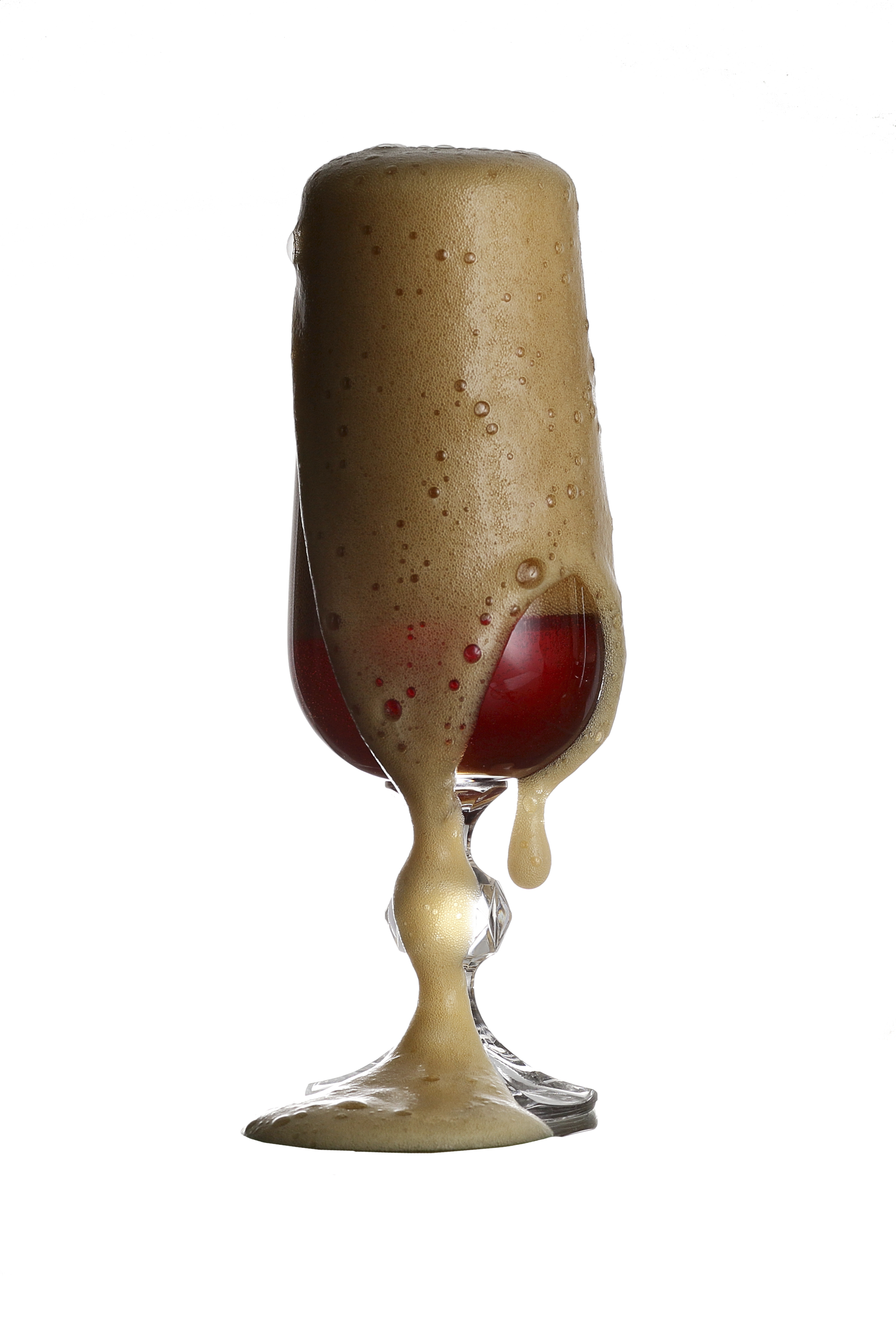My mother was decent at cooking even though she hated it. Her best dish was a ricotta-and-red-sauce lasagna. My dad, save bottling some of his “famous” spaghetti sauce, didn’t cook at all. Both my parents were academics, and preferred to study medieval French literature rather than a book of recipes. As a result, I learned to love food later in life. But some people grow up with chefs for parents and maybe get to taste wonderful food experiments, traditional delicacies, and culturally inspired cuisines. So I couldn’t help but wonder (cue Carrie Bradshaw): What philosophies and strategies do professional chefs employ when cooking for their own children? Surprisingly, it’s less about the exotic and more about instilling good habits and an understanding of where their food comes from.
“What it comes down to,” says chef and restaurateur Josh Henderson—who owns Westward, Skillet, and Quality Athletics and who has two sons, Huck, 5, and Wally, 2—“is will they eat it? My strategy is smoothies. If there is a banana in there, the rest could be all kale. So many times we’ve had pizza with a kale smoothie, and I feel pretty good about it.”
Henderson, despite his busy schedule, still finds time to cook regular meals for his boys. Some of his go-tos include quesadillas, grilled cheese, seared salmon, and guacamole. “You can totally shape your kid’s diet from the outset,” he says. “It’s just a matter of what you have in the house from the beginning. I don’t give them soda—that’s a big one for me—and if we’re going to have pizza or a cheeseburger, I make sure it’s from a good place—no McDonald’s. If it’s boxed mac-and-cheese, it’s Annie’s.”
Taichi Kitamura, chef and owner of Sushi Kappo Tamura in Eastlake, cooks at least one family dinner a week. He has a straightforward methodology for his 3-year-old daughter, Tamie: “I just try to get her to eat simple, well-balanced meals with quality ingredients,” he says. “For example, the other night it was sockeye salmon, broccoli, napa and tofu soup, and brown rice. We never really fry much at home.” Kitamura admits, though, that he does give his daughter a treat maybe once a week. “A donut or cookie,” he says, “or we give her real, fruit-flavored gummy bears from Trader Joe’s.”
Pam Jacob, who owns and operates Pam’s Kitchen in Wallingford, says that growing up in Trinidad and Tobago, her children—daughter Anjuli and son Anton, now in their 30s—ate the same things as the adults at the table. Other than that, there was no particular dining strategy.
“Whatever we made was for the whole family,” Jacob says. “We cooked the same thing for us that the kids would eat. The main thing was roti—or flatbread—then we made whatever vegetables were around: cabbage, eggplant, string beans, fried potatoes, eggs with tomatoes.” Weekends, she adds, were when more extravagant meals were made. “We couldn’t have meat every day of the week, so on Sundays we made something special: macaroni pie [see recipe below], stewed meats, whole chickens—and the kids got what everybody else got, of course.”
Burgundian chef Jeff Davidson, who grew up in Washington and has two young boys—Cash, 8, and Royal, 4—shares Jacob’s ethic. “I make for my children the same things I eat so when they grow older, they won’t have any stigmas attached to certain foods,” he says. “Royal seems to be the more adventurous eater—he even tried fish eyeballs, which he liked, and said they tasted like corn!” Davidson says he is constantly teaching his sons cooking techniques so that they have a full grasp of the culture when they’re older. “Cash is starting to learn basic knife skills now, and Royal is the grab-me-this, help-put-away-groceries, and stir-this guy. Things do get messy, but how else is a young person to learn?” he smiles.
Volunteer Park Cafe’s Ericka Burke, who cooks for her 5-year-old son, Finn, every day—breakfast, school lunch, and most dinners (when energy allows)—says she tries to focus on “a seasonal diet [to help] him understand that certain foods are not always available and are best enjoyed while in season.” Burke brings her son to the garden to pick herbs so often, she says, that he now recognizes individual plants for himself. “I think it is very important that he knows where and how his food grows and develops,” she explains.
Despite this healthy mode, Burke acknowledges “everything in moderation,” and admits giving her son a treat once in a while—even making ice cream together, noting, “It’s a nice reward!” What advice would Burke give new parents wondering what to offer their children? “Introduce your kids to many different flavors and smells . . . and let them touch ingredients and ask questions.”
Indeed, the role of education—perhaps coupled with a well-timed healthy smoothie—seems paramount from chef-parent to, potentially, future chef-child. Kitamura certainly agrees, saying his advice to parents would be to “Get your kids to help you cook. Have them do simple work like salting the meat or stirring soup. My daughter loves wrapping pot stickers.” In other words: Start them early and don’t fret the occasional sweet treat.
Pam Jacob’s Macaroni Pie
1 to 1.5 pounds of sharp cheddar (shredded)
2 pounds cooked macaroni
2 cups full cream
3 tablespoons butter
Combine and bake for 45 minutes at 325 degrees. Top with Parmesan cheese and ground crackers.
food@seattleweekly.com








